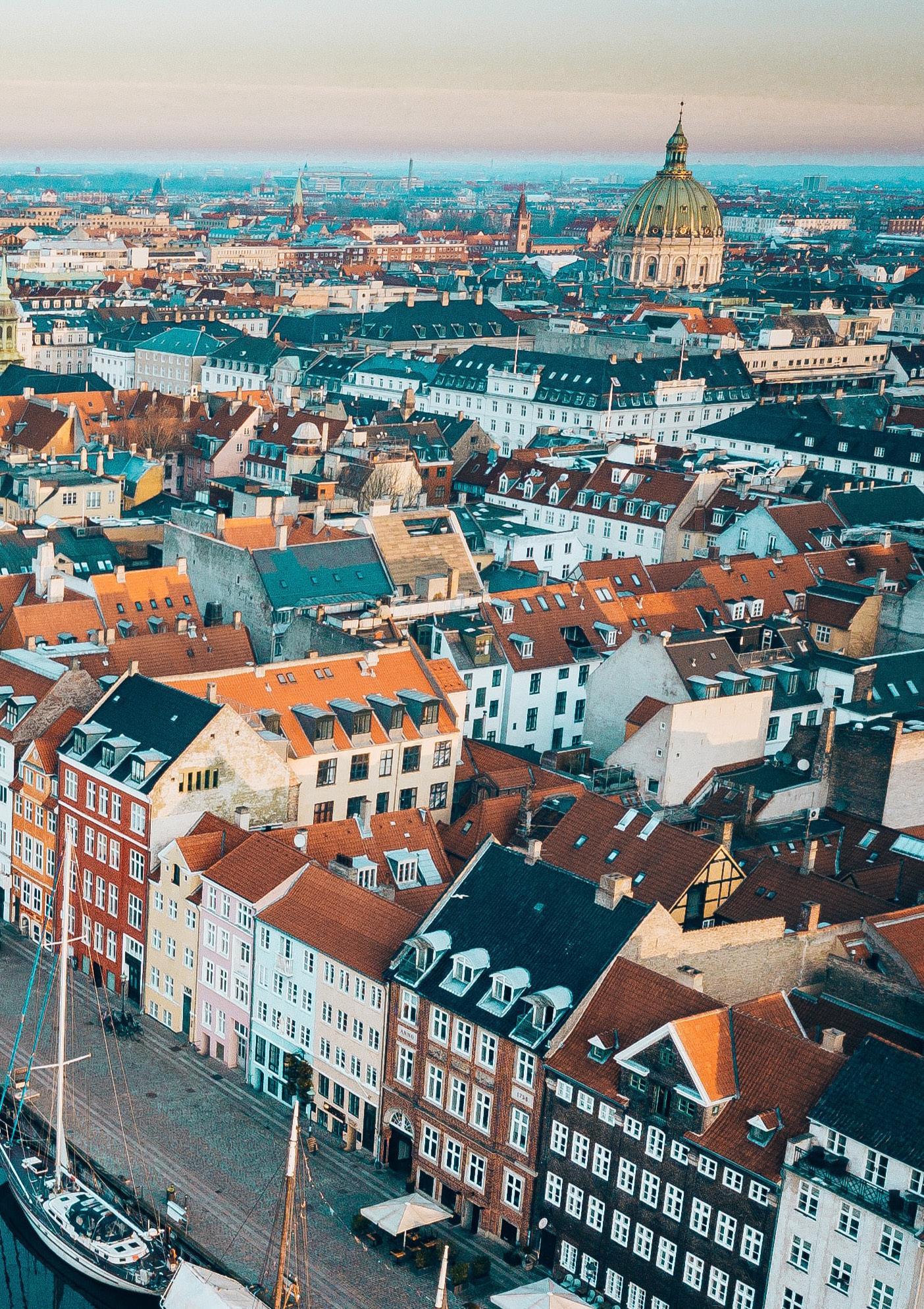

The 2026 IBA Annual Conference Welcome to Copenhagen
Planning your visit
This brochure provides essential information to support your visit to the IBA conference 2026. Should you have any questions, please do not hesitate to contact us at iba2026@gorrissenfederspiel.com.
Welcome to Copenhagen 4
Maps of Copenhagen 6
Conference center 7
City center 7
Things to see in Copenhagen 8
Axel Towers 10
Hotels 12
Restaurants & Bars 15
Michelin restaurants 16
Restaurants mentioned in the Michelin Guide 17
Traditional Danish food 18
Bars & nightlife 19
Breakfast 19
Transportation 20
Getting from Copenhagen Airport to Central Copenhagen 22
Getting to Bella Center (conference center) 23
Getting around Copenhagen 24
Practical information 26
Welcome to Copenhagen
On behalf of Gorrissen Federspiel it is our great pleasure to welcome you to Copenhagen.
As you prepare for your visit in connection with the upcoming IBA conference in October 2026, this guide offers a concise introduction on how to stay, plan events, get around and additionally insights into some of the city’s most distinctive landmarks, cultural highlights alongside various practical information.
We hope this material will inspire you to explore and experience Copenhagen’s unique atmosphere — where tradition meets progress, and where every corner tells a story.
We look forward to welcoming you in person.
All the best,

Martin André Dittmer Managing Partner, Gorrissen Federspiel

Maps of Copenhagen
Central (Indre by)
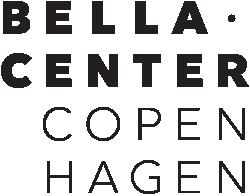


Amager
Nørrebro
Østerbro
Frederiksberg
Vesterbro
City center
Copenhagen is composed of 6 overall neighborhoods:
Central (Indre By)
Conference center
The Copenhagen 2026 Conference Venue is Bella Center.
Bella Center is located in the heart of Ørestad, with Copenhagen just around the corner, and is Scandinavia’s second largest exhibition center.
The conference center is located:
• 7 minutes from the airport by car (taxi)
• 15 minutes from central Copenhagen (taxi)
• 10 minutes to central Copenhagen by metro (M1: Bella Center)
• Bella Center entrance is only a short walk (350m) from the metro
It’s a modern spacious venue with approximately 65,000 m² of flexible space and 48 permanent conference/meeting rooms. Bella Center can accommodate up to ~30,000 guests. With its prime location in Ørestad between the city center and Copenhagen Airport we suggest travelling to and from the conference center via the metro.

The historic heart of Copenhagen, home to royal landmarks, cultural institutions, and elegant shopping streets — where centuries of history meet contemporary urban life. This is the area where we expect the majority of IBA related activities will be hosted.
Amager
An island district combining modern urban development with natural landscapes offering beaches, green spaces, and easy access to both the city centre and the airport.
Frederiksberg
An elegant and green enclave within the city, known for its classical architecture, spacious parks, and a distinctive blend of sophistication and serenity.
Nørrebro
A vibrant and diverse neighbourhood celebrated for its creative energy, multicultural atmosphere, and dynamic culinary scene.
Vesterbro

Once an industrial area, now transformed into one of Copenhagen’s trendiest districts, blending art, design, and nightlife with an authentic local charm.
Østerbro
A refined and tranquil district known for its leafy boulevards, upscale residences, and proximity to parks and the waterfront.
Things to see in Copenhagen
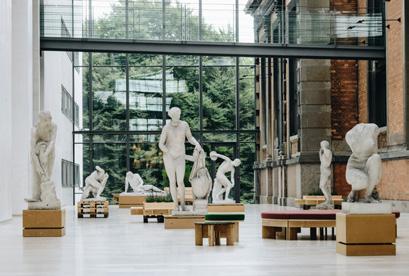









Gorrissen Federspiel
National Gallery of Denmark
The Round Tower
Strøget
Rosenborg Castle
Tivoli Gardens
Christiansborg Palace
Glyptoteket
The Marble Church
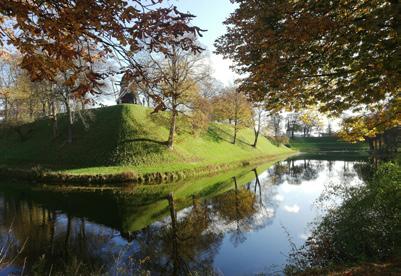





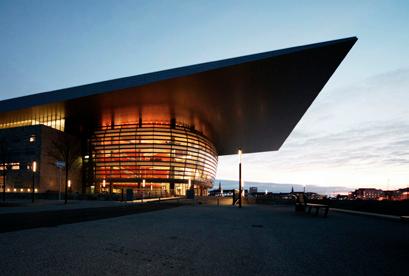
Nyhavn

To see the map of Copenhagen on Google map please go to gflegal.org/IBA26-map or click here.
Kastellet
Amalienborg Palace
The Little Mermaid
The Opera House
Church
Axel Towers
The home of Gorrissen Federspiel is Axel Towers.
Axel Towers is located at Axeltorv, directly opposite Tivoli Gardens in the heart of Copenhagen. The complex’s tallest tower rises 61 metres and houses modern offices, restaurants, and retail spaces. Designed by the renowned architectural firm Lundgaard & Tranberg, constructed by Züblin A/S, the building was officially inaugurated on 20 June 2017 by then His Royal Highness Crown Prince Frederik (now King) along with the Mayor of Copenhagen.
Axel Towers stands out as a distinctive example of modern architecture in central Copenhagen, a city historically characterized by low-rise buildings and carefully preserved heritage. Its five interconnected towers of varying heights create a striking silhouette while integrating seamlessly with the surrounding urban fabric.
During the week of the IBA in Copenhagen, we will host various events and happenings to make sure we can showcase our wonderful offices. Stop by for a morning coffee, join us for a meeting or participate in one of our many events.
With our central location, you can easily stop by Axel Towers on your way to/from other IBA related events taking place just around the corner.
We hope to see you.


In the word of our architects:
Axel Towers is a mixed-use office building with a rich variation of niches, heights and diameters that balances lightness and weight. The five towers are playful like neighboring Tivoli Gardens, robust enough to anchor a bustling part of town and generous in the public spaces they offer people in and around them.
The main concept supports an exclusive yet playful and unpretentious idiom that corresponds with the area’s identity as Copenhagen’s historic entertainment district. On the ground floor, restaurants, cafés and shops offer themselves to the public. Office spaces with views of the city are located behind the rich copper-colored facades and brise soleil reliefs. The circular facades provide the work spaces with an abundance of daylight, all overlooking the city.
Hotels
Copenhagen is not short of hotels and offers a wide range of options.
We recommend the following hotel chains, as they have several centrally located properties and offer options suited to all needs and budgets:
• Scandic
• Radisson
• Arp-Hansen
• AC Hotels by Marriott
• NH Hotel Group
• Comwell
Suggested hotels
• Sanders
• Nimb
• Copenhagen Villa
• Nobis
• D’angleterre
• NH Collection Copenhagen
• Copenhagen Park Lane
• Hotel Skt. Annæ
• Admiral
• Nyhavn 47
• Phoenix
• Guldsmeden
• 1 Hotel Copenhagen
• Hotel Herman K

Our suggestions
• Book as soon as possible! Hotels fill up quickly, and prices are rising.
• Book directly via the hotel chain’s own websites.
• Choose hotels in central locations (Indre By or nearby), as we expect the majority of IBA-related activities to take place there.
• Avoid opting for the cheapest deals — Copenhagen is an expensive city, and hotels reflect this.
Expect prices starting from approximately 250 EUR per night.

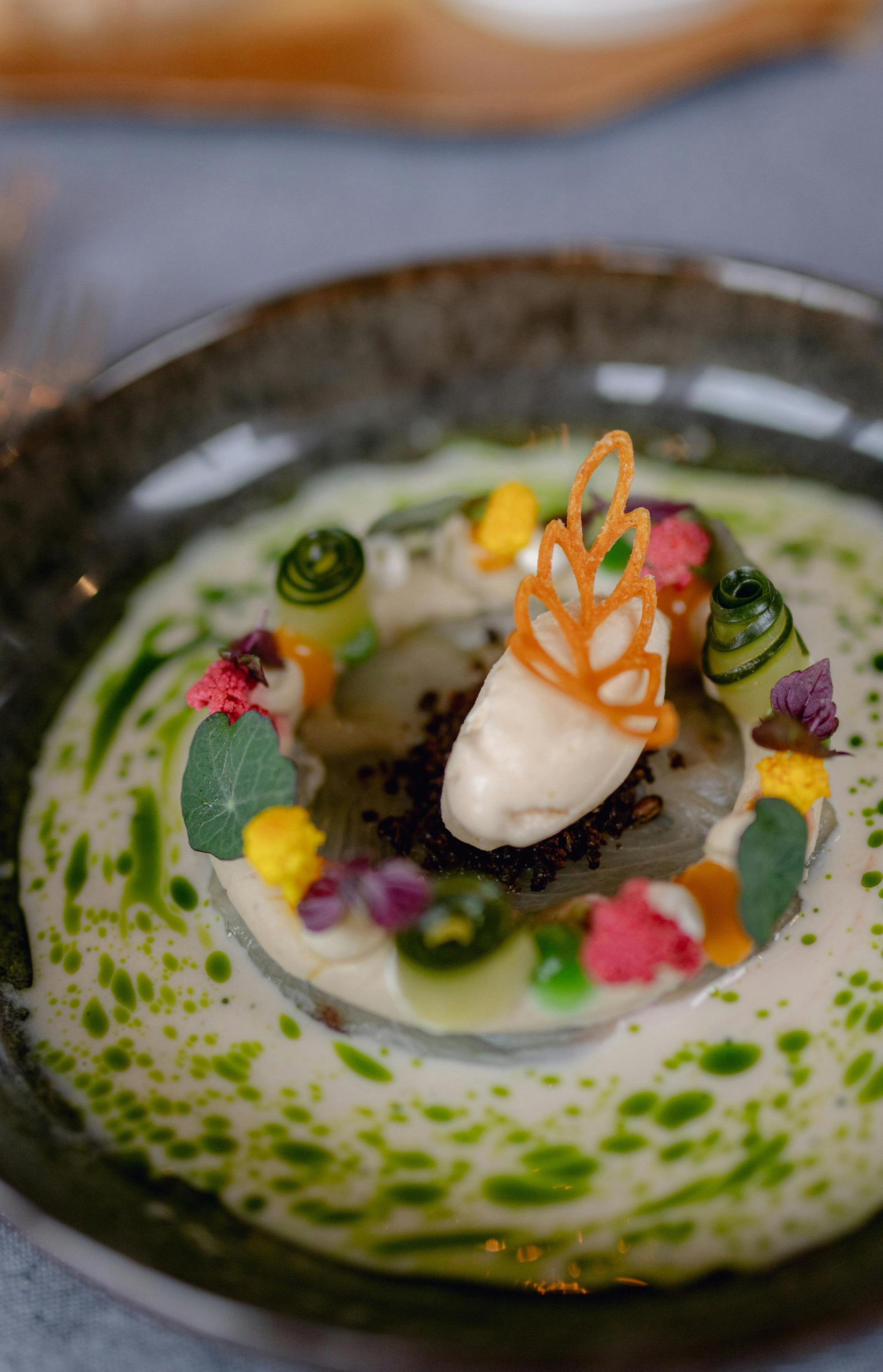
Restaurants & Bars
In Copenhagen we are famously known for our culinary scene and the city is renowned worldwide for its exceptional culinary offerings, from Michelin-starred restaurants to innovative local eateries.
Copenhagen is celebrated not only for its high-quality cuisine but also for its vibrant coffee culture, artisanal bakeries, and lively bars. You can explore a wide variety of dining experiences, reflecting both traditional Danish flavors and international influences, ensuring that every taste and preference is well catered for.
In addition, Copenhagen offers a vibrant and diverse nightlife, with stylish bars, lively pubs, and contemporary clubs. Whether seeking a relaxed evening with craft cocktails or a dynamic night out, the city provides experiences that cater to a wide range of tastes and moods. Whether you are hosting events or wish to visit yourself, we can suggest the following pages.
Michelin restaurants
Noma
Geranium
Jordnær
Alchemist
Restaurant AOC
Kong
Kadeau
Koan
Check MICHELIN Guide for more options.
Marchal
Formel B
Alouette
Mark Vækst

Restaurants mentioned in the Michelin Guide
Calma
A vibrant eatery in Nørrebro serving French-Italian fusion dishes, including a standout pistachio ice cream with olive oil and sea salt.
démodé
A modern bistro offering French-inspired cuisine with a contemporary twist, known for its creative presentations and seasonal ingredients.
Koefoed
Specialises in modern interpretations of traditional Danish smørrebrød, focusing on local and sustainable ingredients.
Radio
Offers a modern Nordic menu with a focus on organic and locally sourced produce, often featuring dishes from the restaurant’s own garden.
Rebel
Known for its innovative small plates and a lively atmosphere, Rebel combines global flavours with a Nordic touch.
Anarki
A contemporary restaurant offering a diverse menu inspired by Nordic and international cuisines, with an emphasis on bold flavours and creative presentations.
Bistro Lupa
A vegan bistro serving inventive plant-based dishes that highlight seasonal vegetables and sustainable practices.
Bjørnekælderen
Located in the heart of Copenhagen, this restaurant offers modern cuisine with a focus on quality ingredients and traditional techniques.
Bobe
A modern eatery known for its creative approach to Nordic cuisine, offering a menu that changes with the seasons.
Gabrielle
A French bistro offering classic dishes in a relaxed setting, known for its authentic flavours and attentive service.
Traditional Danish food

Restaurant Kronborg
Located near Tivoli Gardens, this historic restaurant offers classic Danish smørrebrød and seasonal dishes in a cozy, traditional setting.
Schønnemann
One of Copenhagen’s oldest eateries, Schønnemann has been serving traditional smørrebrød since 1877, known for its high-quality ingredients and classic preparations.
Det Lille Apotek
As Copenhagen’s oldest restaurant, Det Lille Apotek offers a charming setting with classic Danish dishes, providing an authentic dining experience.
Restaurant Palægade
Known for its consistently well-crafted take on classic Danish fare, especially a modern twist on smørrebrød, in a lively yet comfortable setting.
Lumskebugten
Serving traditional Danish cuisine with influences from seasonal, modern French cuisine, Lumskebugten is known for its elegant atmosphere and quality dishes.
Restaurant Karla
A cozy restaurant offering traditional Danish dishes with a focus on local ingredients and classic recipes.
Restaurant Skindbuksen
Offering a range of traditional Danish dishes in a historic setting, Restaurant Skindbuksen is known for its authentic flavors and welcoming ambiance.
Bars & nightlife
Dandy
Lusso
Søpavillonen
Arch
Chateau Motel
Ruby
Balthazar Champagne Bar
The Library Barne Bar
Café Victor
Blume
Breakfast
Juno the Bakery
Renowned for its cardamom buns and classic Danish pastries, Juno the Bakery is a must-visit for pastry enthusiasts.
Hart
Founded by former Noma baker Richard Hart, this bakery offers innovative pastries with a modern twist on traditional Danish baking.
Alice
A cozy spot in Amager, Alice serves handmade pastries and ice cream, blending classic flavors with creative flair.
Københavns Bageri
Combining traditional Danish baking with contemporary flavors, this bakery offers a variety of pastries and breads that reflect Copenhagen’s rich culinary heritage.
Skt. Peders Bageri
Copenhagen’s oldest bakery, famous for its classic Danish cakes and breads, maintaining traditional recipes for over a century.
Andersen & Maillard
A former bank space in the heart of Nørrebro houses the combined café, roastery, and exceptionally good bakery.
BUKA Bakery
A popular small bakery with a vintage Italian interior decor, offering freshly baked sourdough buns and pastries with lots of flour and butter.
Transportation
Copenhagen is easily accessible and to move and navigate around in.
Renowned as one of the world’s most bicycle-friendly cities, with an extensive network of dedicated cycle lanes and infrastructure that makes cycling both safe and convenient for residents and visitors alike.
Beyond its celebrated cycling culture, the city offers a variety of efficient and reliable transportation options. The Metro provides rapid and frequent connections across key areas of the city, while the S-train network links Copenhagen with surrounding suburbs.
Additionally, buses, taxis, and ride-sharing services complement these options, ensuring that navigating the city is straightforward and accessible for all visitors. Whether exploring on two wheels, by train, or via public transport, getting around Copenhagen is seamless and convenient.
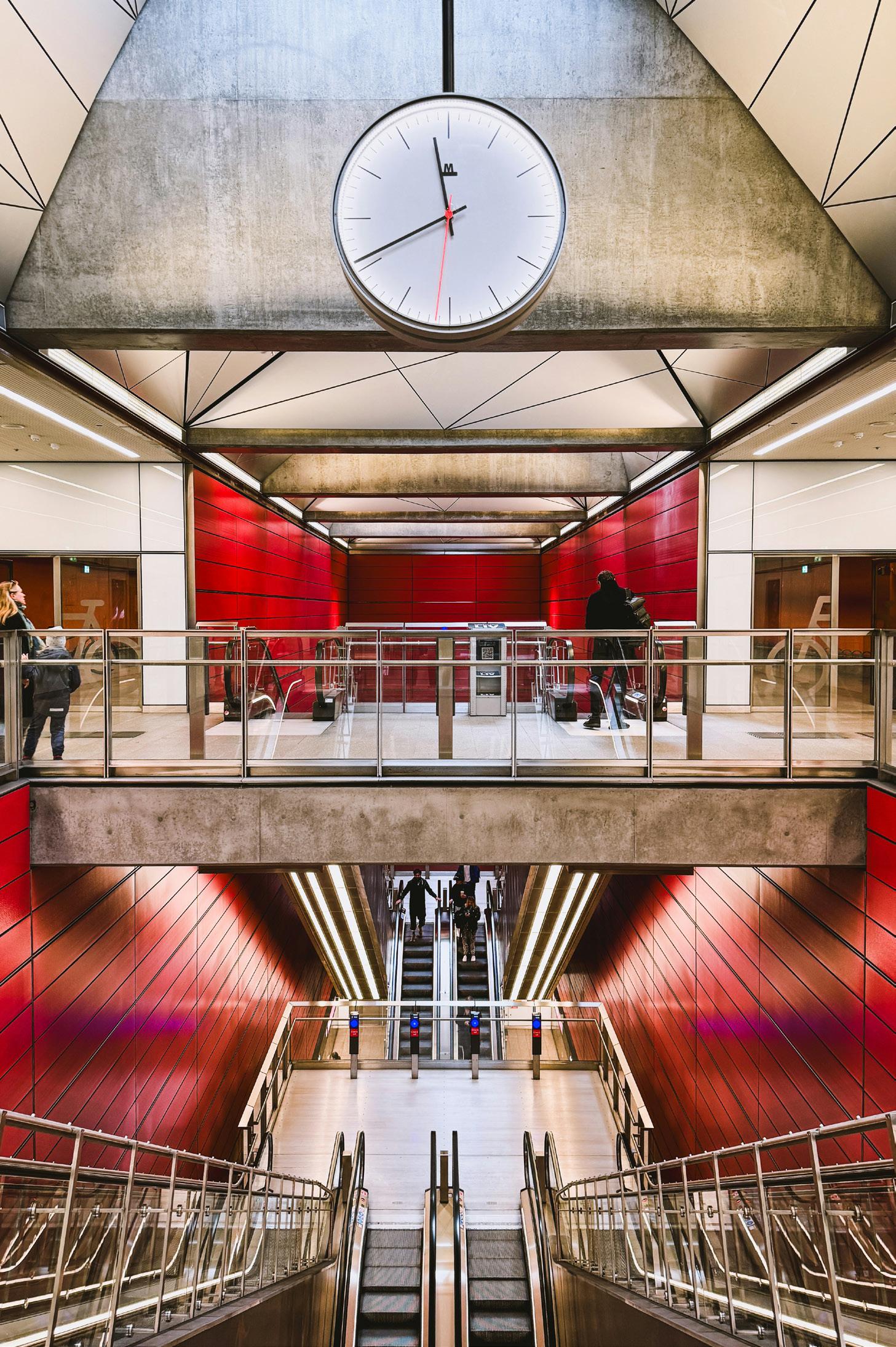
Getting from Copenhagen Airport to Central Copenhagen
Metro
• The Metro (M2 line) runs 24/7 directly from the airport to the city center (stations like Nørreport and Kongens Nytorv).
• Travel time: ~15 minutes.
• Tickets can be purchased at machines or via the DOT app.
Train (regional trains)
• Trains depart from the airport’s train station, connecting to Copenhagen Central Station (København H) and other regional destinations.
• Travel time: ~13 minutes to central station.
Taxi
• Available outside Terminal 1 and Terminal 3.
• Travel time: ~20-30 minutes depending on traffic.
• Taxis in Copenhagen are metered; fares are generally higher than public transport. Expect a price of ~80 EUR.
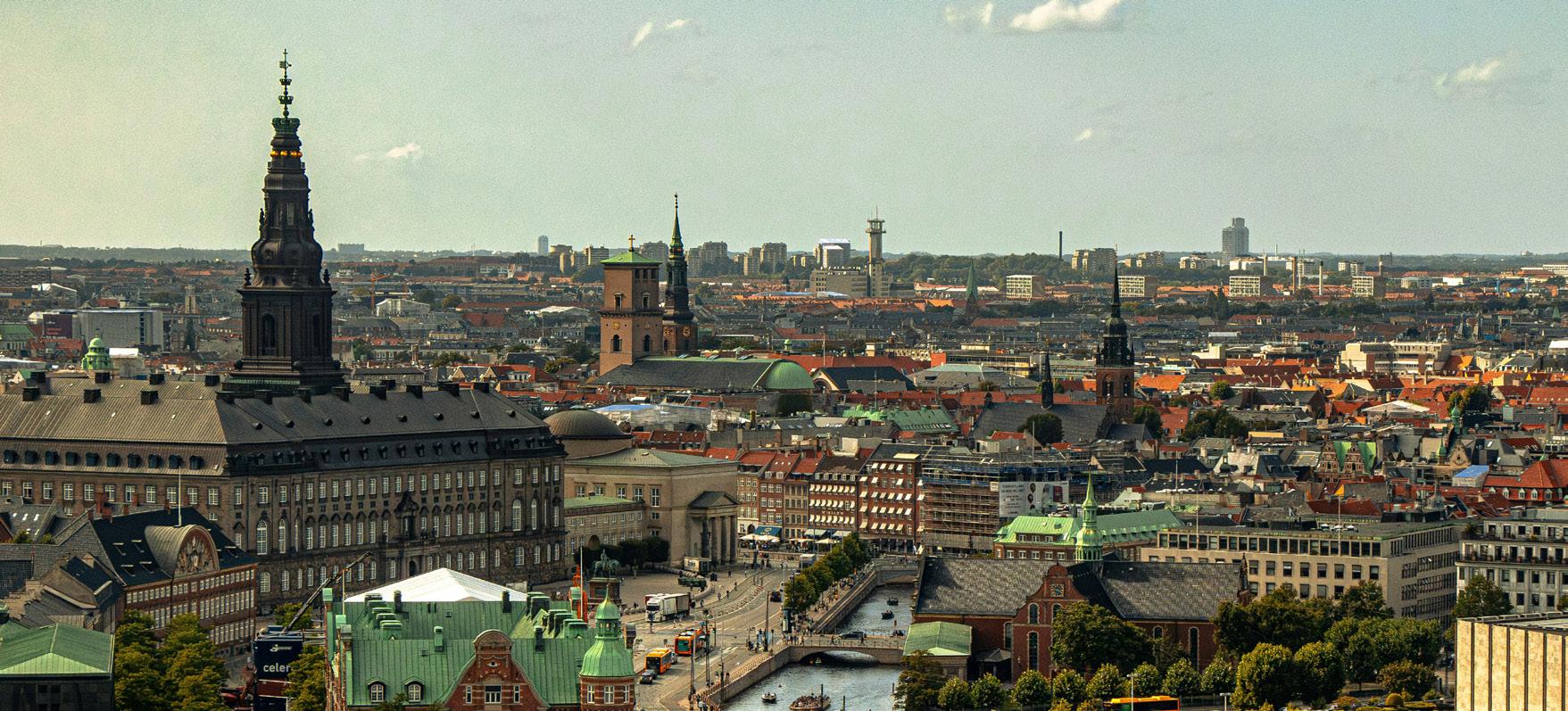

Getting to Bella Center (conference center)
Metro
• The M1 Metro line connects Bella Center Station directly to central locations such as Kongens Nytorv, Nørreport, and Christianshavn.
• Travel time to city center: ~12-15 minutes.
• Trains run frequently, and tickets can be purchased at machines or via the DOT app.
Train (regional-train)
• The Ørestad station nearby connects with regional trains, offering an alternative for reaching Copenhagen Central Station (København H) or further destinations.
• Travel time: ~10-12 minutes to central station.
Bus
• Several bus lines stop near Bella Center, linking the venue to the city and surrounding neighborhoods.
• Travel time varies depending on route and traffic.
Taxi
• Taxis are available outside the main entrance.
• Travel time to central Copenhagen: ~15-20 minutes depending on traffic.
Suggestion
We suggest taking the metro as the conference center has its own designated metro stop “Bella Center”. The station is 350 meters away from the entrance.
Getting around Copenhagen
Metro
The metro connects all inner Copenhagen with four lines (M1, M2, M3, M4).
• Trains run 24/7:
• Peak hours (weekdays, roughly 5:00–23:00): every 2–4 minutes
• Off-peak hours: every 4–6 minutes.
• Nighttime (approximately 00:00–05:00): trains run every 15 minutes
S-train (S-tog)
Copenhagen’s S-train network forms the backbone of the city’s regional rail system, connecting the city center with suburbs and surrounding towns. The network consists of multiple lines, all converging in central Copenhagen, making it easy to transfer between trains or connect with the Metro and bus services.
• Frequency: During weekdays, S-trains run approximately every 10 minutes on most lines; during evenings and weekends, trains typically run every 20 minutes.
• Coverage: The network serves key areas including Copenhagen Central Station (København H), Nørreport, Østerport, and suburban destinations
• Convenience: Tickets are integrated with Copenhagen’s public transport system, allowing seamless travel across buses, Metro, and trains.
How to buy tickets
• Ticket machines: Available at Metro and S-train stations; accept cash, cards, and contactless payment.
• DOT App: Download the official public transport app to buy digital tickets for Metro, S-trains, and buses.
• 7-day or multi-trip cards: Available for visitors staying several days; convenient and cost-effective.
• Single tickets: Valid for a specific zone and time; check the zone map before purchasing.
Tips
• Always check the zones you will travel through.
• Tickets must be purchased before boarding; inspections are common and fines apply for riding without a valid ticket.
• Digital tickets on the DOT App are easy to use and can be activated on your phone.
With these options, navigating Copenhagen’s public transport system is simple, flexible, and efficient.
Cycling
Cycling is one of the fastest and most efficient ways to get around Copenhagen, thanks to the city’s extensive network of dedicated bike lanes and traffic infrastructure.
However, visitors should exercise caution and take it seriously: cycling is the primary mode of transport for many locals, and Copenhageners strictly follow traffic rules. Helmets, awareness of traffic signals, and respectful riding will ensure a safe and enjoyable experience while navigating the city on two wheels.
It’s possible to rent bikes via bike shops, hotels or public bike-sharing systems (Donkey Republic, Lime, Bolt).
Taxi
Taxis provide a convenient and reliable way to travel around Copenhagen, especially for groups, luggage, or late-night journeys. They can be found at designated taxi stands across the city or booked via phone and ride-hailing apps. Fares are metered, and while taxis are generally more expensive than public transport, they offer a comfortable and direct option for reaching your destination efficiently.
Taxi companies
• Dan Taxi (official taxi company)
• 4x27 (official taxi company)
• 4x35 (official taxi company)
• Bolt (electric cars)
• Uber (operated by Dan Taxi)
Walking
If you are attending events in central Copenhagen (Indre By), you can consider walking. Copenhagen is a relatively small city and many events will be hosted centrally.
Practical information
To help you make the most of your visit to Copenhagen, we have compiled a selection of practical tips and useful information. From local customs to things to keep in mind, this section is designed to ensure your experience is smooth, enjoyable, and memorable.
Our goal is to help you explore Copenhagen confidently and discover the city at its very best.
Currency and Payments
• The official currency is Danish Krone (DKK).
• Credit and debit cards are widely accepted; contactless payments are very common.
• Cash is less frequently used but still accepted in some small shops or cafés.
Language
• Danish is the official language.
• Most Danes speak fluent English, so communication is generally easy.
Tipping
• Tipping is not obligatory. Service charges are usually included in the bill.
• Rounding up or leaving 5–10% is appreciated but optional.
Safety and Emergency Numbers
• Copenhagen is a very safe city. Standard precautions apply.
• Emergency number: 112 (police, fire, ambulance).
Local Customs
• Danes value punctuality; be on time for appointments or reservations.
• Cyclists have priority — always be careful when crossing bike lanes.
• Recycling and waste separation are taken seriously.
Weather and Clothing
Copenhagen has a temperate climate; winters are cold and dark, summers mild and bright.
• Average temperatures: 8–13°C (46–55°F) during the day; 3–8°C (37–46°F) at night.
• Rainfall: October is moderately wet, with around 10–15 rainy days on average.
• Daylight: Days are shorter, with roughly 9–10 hours of daylight.
• Wind: The city can be breezy, especially near the waterfront.
Electricity
• Standard voltage: 230V, 50Hz.
• Plug type: European two-pin plug (Type C or E/F).
Opening Hours
• Shops typically open 10:00–18:00, supermarkets often later.
• Many restaurants and bars stay open later, especially in tourist areas.
Useful Apps
• DOT Tickets for public transport.
• Rejseplanen for trip planning across Metro, buses, and trains.
• VisitCopenhagen for events, attractions, and dining recommendations.
VISA
Visitors to Denmark may require a Schengen visa depending on their nationality. Citizens from the European Union (EU), European Economic Area (EEA), and many other countries can enter visa-free for short stays of up to 90 days within a 180-day period. Travelers from countries requiring a visa must obtain one before arrival through a Danish consulate or embassy.
Tips
• Always check your entry requirements well in advance of travel.
• Carry a valid passport or national ID card.
• Make sure your travel documents cover the entire duration of your stay.
For the most up-to-date information, consult the official Danish Immigration Service.

Gorrissen Federspiel
Axel Towers
Axeltorv 2
1609 Copenhagen V
